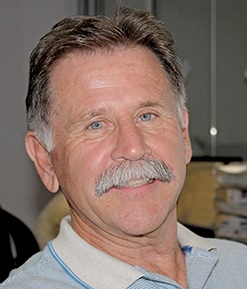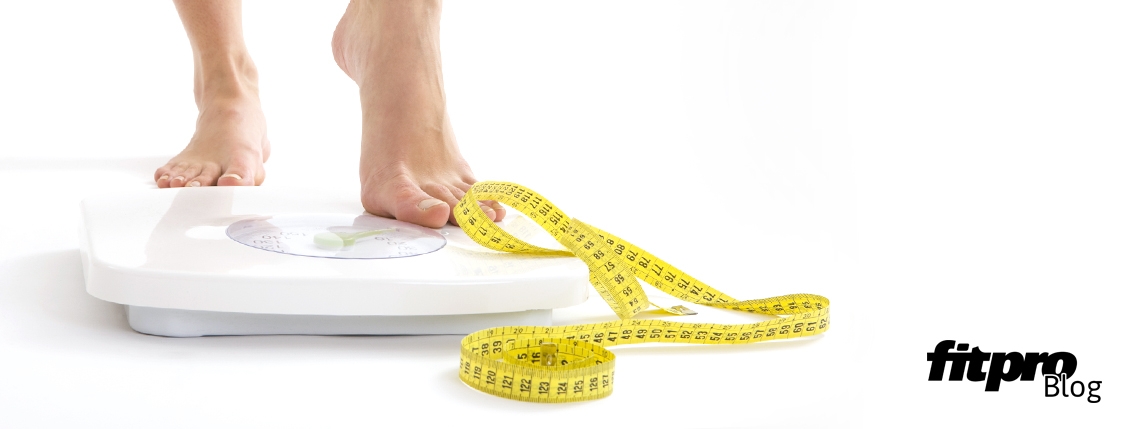Dr Paul Batman takes a look at the numbers to discover the real truth behind weight loss.
To discourage us from eating the wrong foods, we are often told what exercise would be required to burn the food item off. We have been told that if we eat that chocolate bar we will have to go to the gym and work for at least an hour at high intensity to work it off. Conversely, we are also told that working out at the gym or in the park at high intensity is the best method for weight reduction.
It makes sense that the harder we work the more kilojoules we will burn, and it has to be correct because we see it on television!
The question is, how do we measure these claims?
The American College of Sports Medicine (ACSM) is one of the most revered professional colleges on the planet. It has led the exercise science revolution for over 60 years. In recent years, it has promoted a series of calculations to measure our energy expenditure and to answer these questions.
I would like to present a case study with calculations and numbers that might help us answer these questions and frighten us with the answers.
Just because I mentioned calculations and numbers PLEASE don’t leave me now as we are just getting to the best part: work with me!
I would like to introduce you to my friend Peter.
Peter is a 45-year-old high-powered executive who has a body fat percentage of 37%. He weighs 110kg, is 173cm tall and has a BMI of 34 kg.m-2, classifying him as obese. Peter has increased his bodyweight over the past three years, mainly due to his sedentary lifestyle. Peter does no exercise at all and eats at restaurants for lunch on most days. Peter has been diagnosed with early osteoarthritis in both knees and has been experiencing acute low back pain.
Peter has been told by his physician to lose weight.
Upon examination of the lifestyle and health risk questionnaire that Peter completed during his profile appraisal, it was noted that he was classified as moderately at risk. This was decided upon by the two risk factors of obesity and sedentary lifestyle that he demonstrated.
Peter’s fitness appraisal reported a resting heart rate of 80 beats per minute and maximum heart rate of 175 beats per minute. A submaximum VO2 max cycle test indicated his aerobic capacity to be 30 ml.kg.min-1.
The initial realistic goal that Peter should strive for is a reduction in body fat to 30%.
Goal weight
Peter’s goal weight = 99kg
Exercise prescription
When developing Peter’s exercise prescription, it is important to note his osteoarthritic knees by encouraging him in non-weightbearing exercise.
Peter has a background in cycling and has decided that his main exercise mode will be cycling in the cardio theatre environment.
This exercise session performed five days per week is the main weight-loss intervention that Peter will be prescribed.
Peter’s initial level of aerobic fitness is quite low (30 ml.kg.min-1) and, as such, he should exercise at an intensity within a heart rate range of between 60% and 70% HRR.
Peter’s target heart rate during his exercise session will be:
Target heart rate (lower level) = (intensity fraction) x (HR max- HR rest) + HR rest
Target heart rate (lower level) = (.60) x (175-80) + 80
Target heart rate (lower level) = .60 x 95 + 80
Peter’s target heart rate (lower level) = 137 beats
Target heart rate (upper level) = (.70) x (175-80) + 80
Target heart rate (upper level) = .70 x 95 + 80
Peter’s target heart rate (upper level) = 147
Peter’s target heart rate range = 137-147 beats per minute
For Peter to maintain his heart rate between 137 and 147 beats per minute, he must pedal on the bike at 90 watts or 540 kg.m.min-1 (one watt is approximately equal to 6 kg.m.min-1).
What is Peter’s oxygen consumption?
We can determine this by using the following calculation:
- VO2 = 7 + 1.8 x (work rate in kg.m.min-1)
________________________________
(body mass)
- VO2 = 7 + 1.8 x (540 kg.m.min-1)
___________________________
110 kg
- VO2 = 7+ 972
_____________
110
- VO2 = 979
_________
110
- VO2 = 8.9 ml.kg.min-1
This indicates that, when Peter cycles on the stationary cycle at a heart rate of 137-147 beats per minute at 90 watts, he will consume 8.9 ml.kg.min-1.
Convert 8.9 ml.kg.min-1 to litres of oxygen per minute:
= (8.9 ml.kg.min-1) x (110 kg) = .98 litres of oxygen per minute
_______________________
1,000
To calculate the number of kilocalories expended per minute, multiply litres per minute by 5 kilocalories expended (20.9 kJ) = .98 x 5 = 4.9 kcal per minute (20.5 kJ)
If Peter exercises on his stationary cycle for 60 minutes per session, he will expend (4.9 kcal per minute x 60 minutes) = 294 kcal per exercise session (1230 kJ).
Peter currently weighs 110kg and has a goal weight of 99kg for a total weight loss of 11kg.
If Peter exercises five days per week for 60 minutes at a heart rate range of 137–147 beats per minute, he will expend 294 kcal per 60-minute session five sessions per week = 1,470 kcal per week (6,154 kJ)
In order for Peter to lose 1kg of bodyweight he would need to expend 7,700 kcal.
Peter’s goal is to lose 11kg or expend 84,700 kcal (354,638 kJ).
How long will it take Peter to reach his goal bodyweight?
If Peter expends 1,470 kcal per week it will take him (84,770 kcal) 57 weeks to lose 11kg if he maintains his present eating habits.
This tells us that the one hour per day, five days per week, that Peter is exercising at the gym is not producing the rapid weight loss that we have been told exercise will create. If Peter does not supplement his exercise programme with additional daily movement, there is a possibility that if all things do not remain equal he could put weight back on.
It is becoming much clearer that weight loss is a long process that requires a behavioural change as well as a change in mindset, where we are required to move at light to moderate intensity throughout our day at home, at work, during leisure times and while transporting.
We can never underestimate the importance of what we eat and how much we eat!
Simply by adding daily active lifestyle movements Peter could potentially expend another 500 kcal of energy expenditure per day, which is over 200 kcal more than the formal exercise session produced.
If Peter (classified as obese) was exposed to a high-intensity exercise session before he was prepared for it, he would still only expend less than 500 kcal per session. He would also then be potentially exposed to joint and muscle injuries, over production of free radicals, inhibition of nitric oxide in the blood vessels and other overuse or overtraining symptoms.
What do you think the answer is?

Dr Paul Batman
Dr Paul Batman has been involved in health and fitness for more than 40 years as a university lecturer, vocational educator, author, researcher, international conference presenter and workshop facilitator. Over the last 18 years, Paul has built, owned, operated and sold two leading health and fitness vocational training institutes, and recently received a Lifetime Achievement award for his services to the Australian fitness industry. Paul originally contributed to our Network articles back in the 1990s. drpaulbatman.com.au
Where to next? Dr Paul Batman compiles data on his coast to coast walk.







